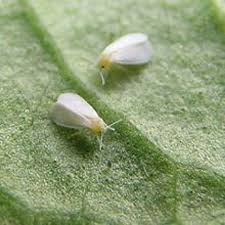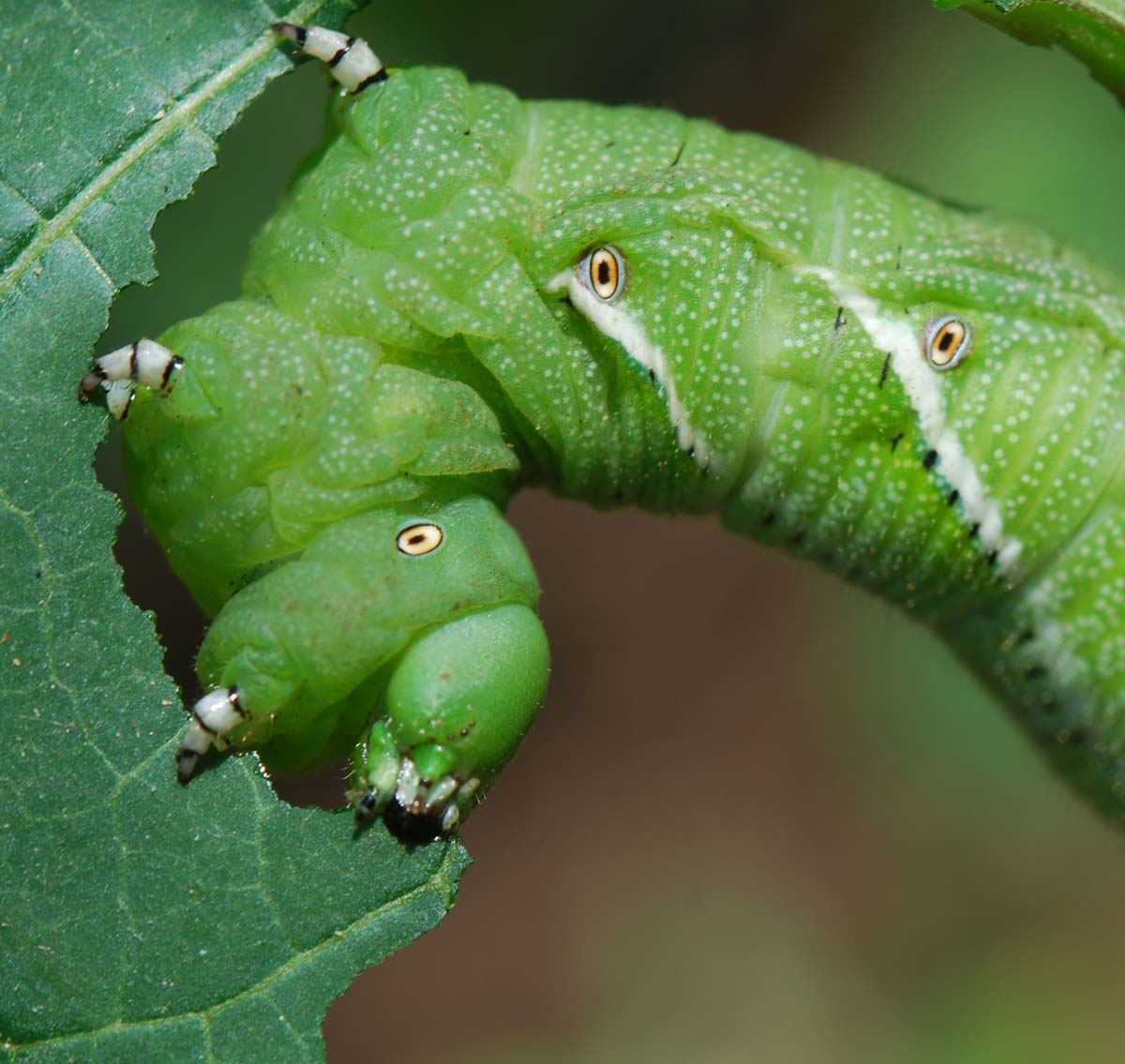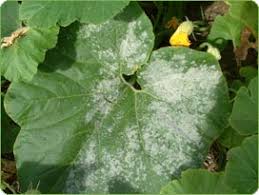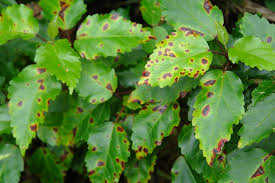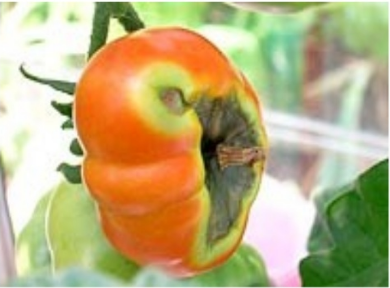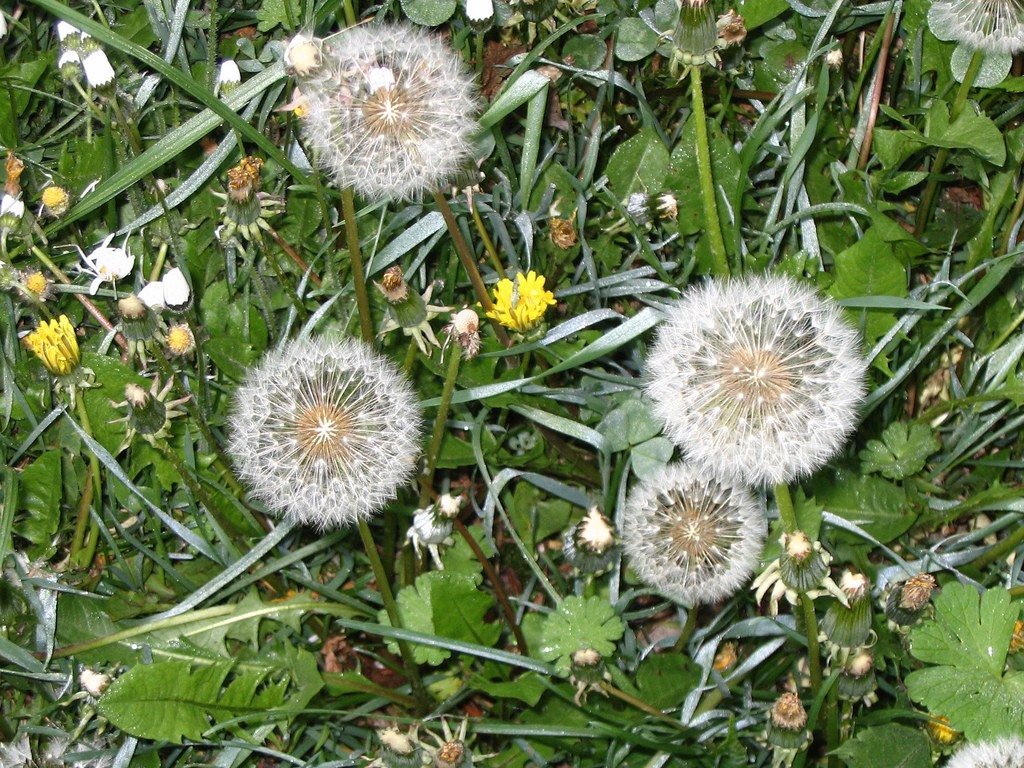Turnip Detail
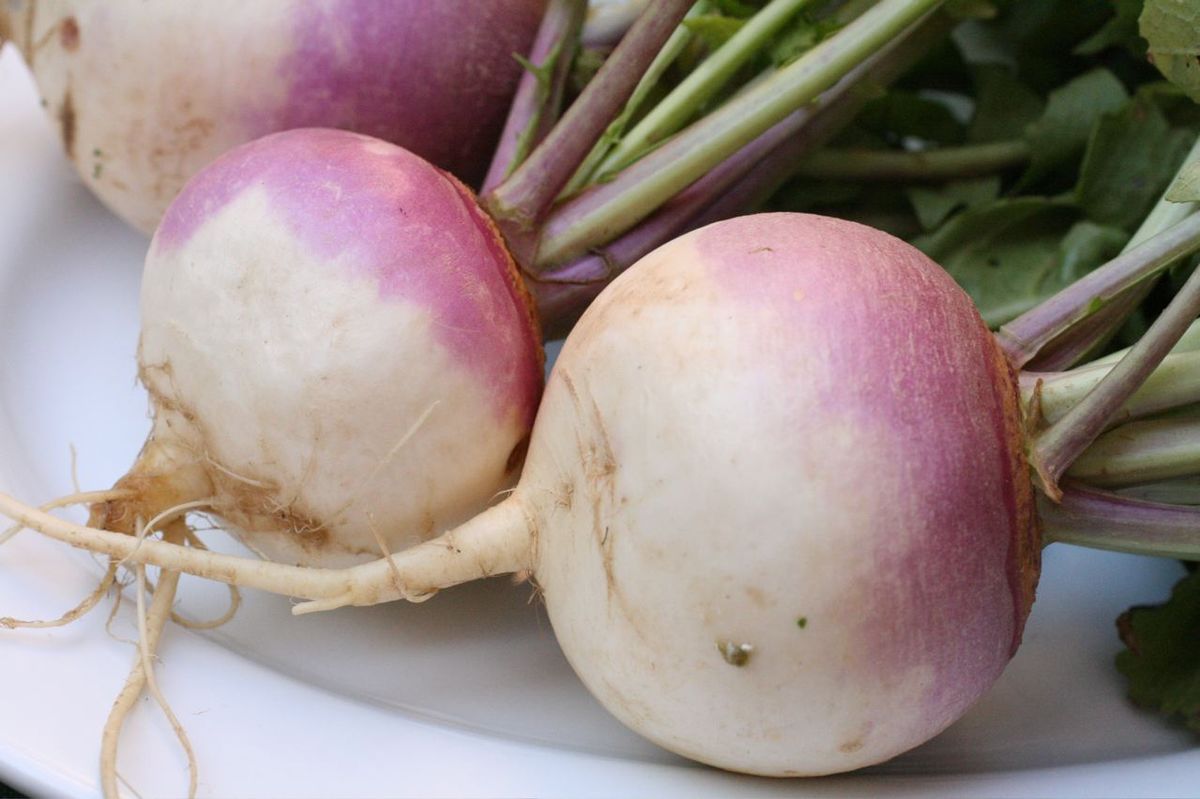
| Crop Detail The most common type of turnip is mostly white-skinned apart from the upper 1-6 cm which protrudes above the ground and are purple or red or greenish where the sun has hit. This above ground part develops from stem tissue, but is fused with the root. The interior flesh is entirely white. The root is roughly globular, from 5-20 cm (2.0-7.9) in diameter, and lacks side roots. Underneath, the taproot (the normal root below the swollen storage root) is thin and 10 cm. It is trimmed off before the vegetable is sold. The leaves grow directly from the above ground shoulder of the root, with little or no visible crown or neck. Turnip greens are a common side dish in southeastern U.S. cooking, primarily during late fall and winter. Similar to raw cabbage or radish, turnip leaves and roots have a pungent flavor that becomes milder after cooking. Turnip roots weigh up to 1 kilogram, although they are usually harvested when smaller. Size is partly a function of variety and partly a function of the length of time the turnip has grown. Most baby turnips can be eaten whole, including their leaves. Baby turnips are sold in yellow, orange and red fleshed varieties, as well as white fleshed. Their flavor is mild, so they can be eaten raw in salads like radishes and other vegetables. |
|
| Major/Minor | Major |
|---|---|
| Temporary/Permanent | Temporary |
| Category | Agriculture Extension |
| Type | Vegetables |
| Crop Climate Title | Temperate |
| Crop Water Method Title | Irrigated |
| Crop Duration | Biennial |
| Crop Economic Title | Food Crop |
| Crop Growing Season | Rabi / Winter / Cold Crops |
Pests, Weeds, Diseases and Disorders
Turnip Crop Seed Varieties
| Name | Seed Rate |
|---|---|
| SEED RATE | 125-250 grams |
| LOCAL RED | 125-250 g |
| LOCAL WHITE | 125-250 g |
| PURPLE TOP | 125-250 g |
Turnip Districts Wise Calendar
Stepnexs Services PVT Ltd © 2025 Agriculture Department KP

